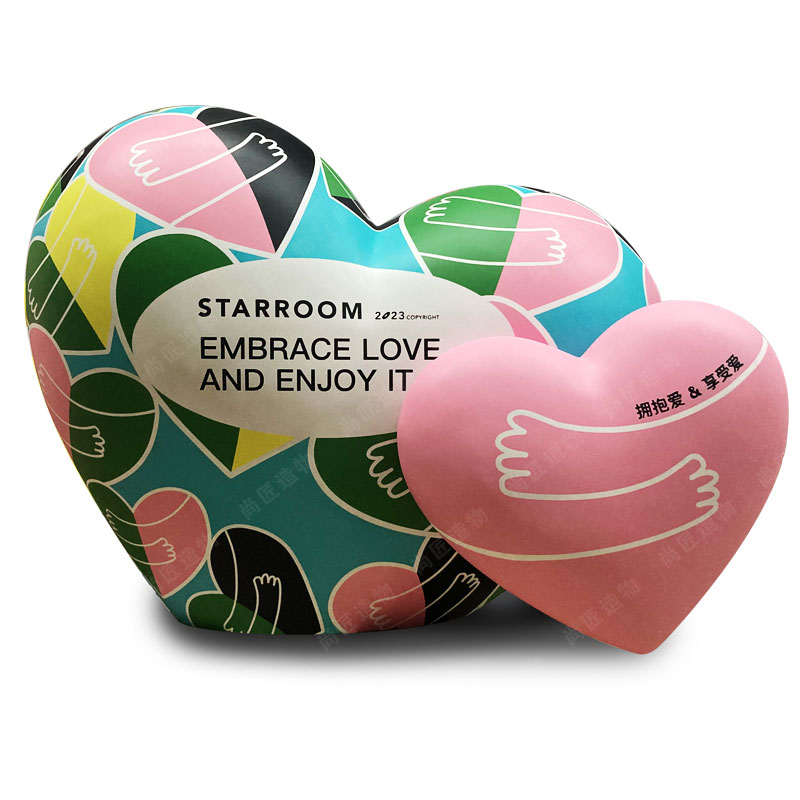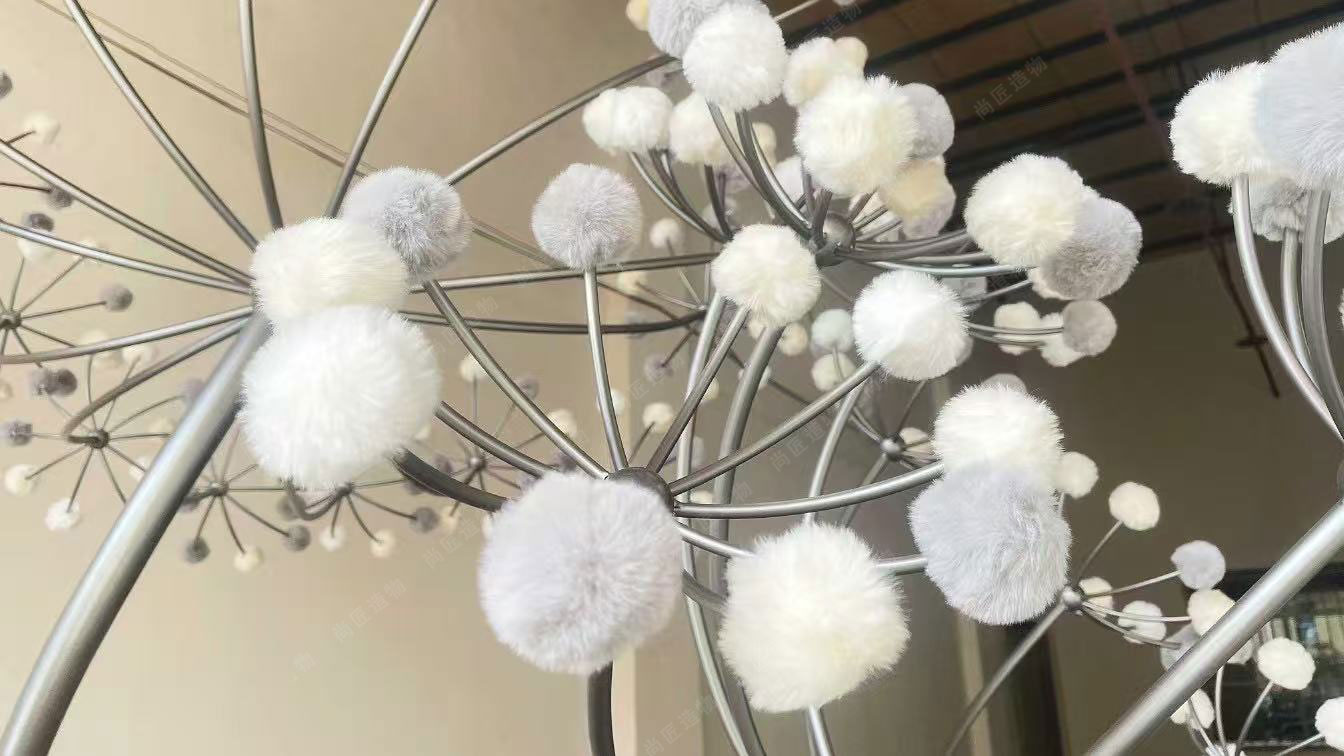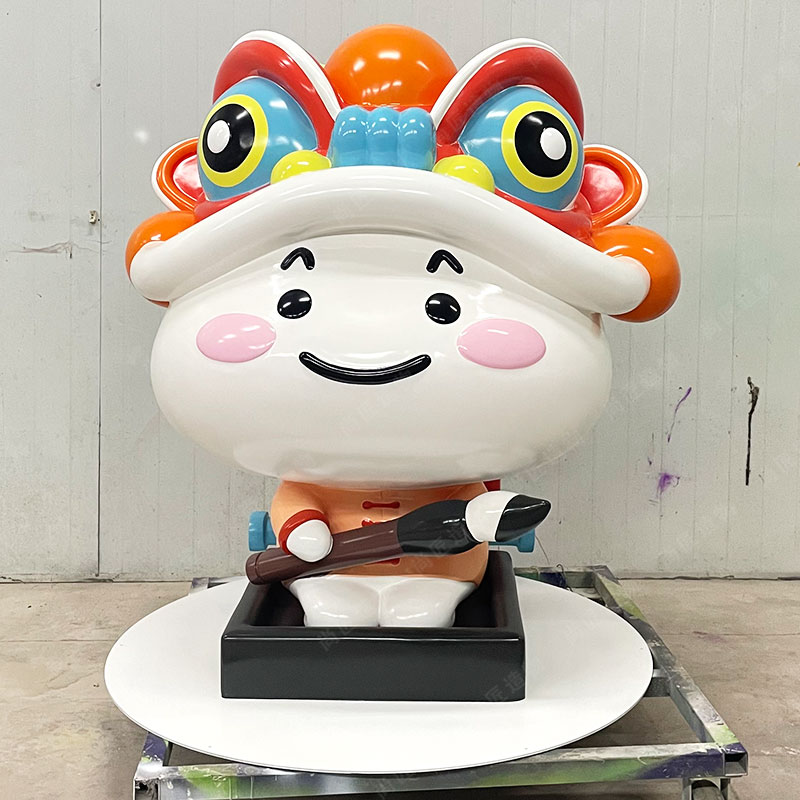Key Takeaways
Contemporary luxury spaces increasingly integrate polished steel statues as focal points, blending artistic innovation with functional design. These sculptures—particularly kinetic pieces—introduce dynamic movement, transforming static interiors into living galleries. Renowned artists, including Lyman Whitaker, leverage stainless steel’s reflective properties to create works that interact with light and environment, offering ever-changing visual narratives.
| Feature | Benefit | Example |
|---|---|---|
| Kinetic Design | Adds motion-driven visual interest | Wind-responsive outdoor sculptures |
| Polished Steel Finish | Enhances light reflection and depth | Mirror-like indoor installations |
| Museum-Grade Durability | Resists corrosion and wear | Apple Campus-commissioned pieces |
Such sculptures are not merely decorative; they align with architectural trends emphasizing minimalism and longevity. For instance, Disney’s collaboration with metal artists underscores the demand for pieces that balance whimsy with industrial precision. Meanwhile, polished steel’s adaptability allows it to complement both residential and commercial settings—from sleek urban lofts to corporate atriums. By prioritizing materials that withstand environmental stressors, these artworks maintain their luster for decades, making them investments in both aesthetics and heritage. Transitioning seamlessly between artistic expression and functional design, they redefine how modern spaces engage with art.

Kinetic Steel Sculptures Redefine Luxury
Kinetic steel sculptures are transforming luxury interiors by merging precision engineering with artistic vision. These dynamic pieces, often crafted from polished stainless steel, create hypnotic movement through air currents or mechanical systems, offering a living art experience. Unlike static decor, their fluid motion introduces energy into spaces—a quality celebrated by architects designing high-end residences and corporate lobbies.
"Kinetic art isn’t just visual—it’s experiential. A well-placed sculpture can alter a room’s ambiance, making it feel curated yet alive," notes interior designer Clara Voss, who integrates such works in luxury projects.
Brands like Disney and Apple have incorporated museum-grade kinetic sculptures into flagship locations, recognizing their power to elevate brand storytelling through motion. For collectors, durability is key: stainless steel resists corrosion, ensuring pieces like Lyman Whitaker’s wind-driven designs retain their mirror finish for decades. When selecting a sculpture, consider scale and placement—larger works anchor open-concept areas, while tabletop versions add intrigue to intimate settings.
For those seeking personalized statements, IP character sculptures offer bespoke options that blend cultural motifs with kinetic principles. This synergy of craftsmanship and innovation positions these sculptures not merely as decor, but as legacy investments in contemporary design.
Timeless Metal Art by Lyman Whitaker
Lyman Whitaker’s polished steel sculptures exemplify a harmonious blend of artistic vision and engineering precision. Known for his kinetic designs, Whitaker transforms industrial-grade stainless steel into fluid, motion-driven installations that capture light and shadow with striking clarity. His work often draws inspiration from natural forms—wind-driven leaves, spiraling seed pods, or undulating waves—translated into geometric abstractions through meticulous craftsmanship. The reflective surfaces of his stainless steel sculptures interact dynamically with their surroundings, creating ever-changing visual narratives in both indoor and outdoor settings.
Whitaker’s pieces are celebrated not only for their aesthetic appeal but also for their resilience. Engineered to withstand environmental stressors, these sculptures maintain their luster for decades, making them ideal for high-end residential and commercial spaces. Collaborations with institutions like Disney and Apple underscore their universal adaptability, bridging art and functionality. By balancing organic motion with minimalist metalwork, Whitaker’s creations infuse contemporary interiors with a sense of calm sophistication, proving that modern art can be both timeless and transformative.
Polished Steel Statues for Modern Interiors
Polished steel statues have become focal points in contemporary interior design, merging industrial elegance with minimalist aesthetics. Their reflective surfaces interact dynamically with light, casting subtle shadows and highlights that evolve throughout the day. This interplay complements modern spaces characterized by clean lines and open layouts, creating visual harmony without overwhelming the environment. Designers often position these sculptures near floor-to-ceiling windows or under strategic lighting to amplify their metallic luster, enhancing both natural and artificial illumination.
The material’s durability makes polished steel ideal for high-traffic areas, resisting wear while maintaining its mirror-like finish. Unlike traditional art forms, these statues often incorporate kinetic elements—gentle rotations or balanced movements—that introduce an element of unpredictability to static rooms. For collectors seeking functional artistry, pieces from acclaimed creators like Lyman Whitaker bridge the gap between museum-quality craftsmanship and everyday luxury. When paired with neutral palettes or bold accent walls, these sculptures act as transitional anchors, subtly guiding the eye through layered interiors.
Realistic sculpture techniques further elevate their appeal, ensuring every curve and angle reflects precision. Whether placed in residential entryways or corporate lobbies, polished steel statues redefine spatial energy, balancing modernism with timeless sophistication.
Museum-Grade Kinetic Sculptures Design
Museum-grade kinetic sculptures represent the pinnacle of engineering and artistic collaboration, blending precision mechanics with refined aesthetics. These works often employ polished stainless steel, a material chosen for its resistance to corrosion and ability to reflect light dynamically. Unlike static decor, kinetic designs incorporate balanced components that respond to air currents, creating hypnotic patterns of motion. Artists like Lyman Whitaker utilize advanced metallurgical techniques to ensure seamless movement, with each piece undergoing rigorous testing to meet institutional durability standards.
Such sculptures frequently draw inspiration from natural forms—wind-driven leaves, swirling galaxies, or aquatic rhythms—transforming spaces into living galleries. Their museum-grade status is validated through partnerships with cultural institutions and corporate entities, including installations at Disney resorts and Apple campuses. The interplay between polished surfaces and kinetic energy not only enhances visual intrigue but also introduces a meditative quality to interiors. For collectors seeking unconventional artistry, cartoon sculpture collections offer playful contrasts to these sophisticated designs, broadening creative possibilities. By merging timeless materials with motion, these sculptures redefine how luxury spaces engage with both form and function.

Disney-Approved Metal Art Collections
The collaboration between kinetic steel artists and globally recognized brands like Disney underscores the intersection of artistry and commercial excellence. Collections bearing Disney’s approval undergo rigorous aesthetic and technical evaluations, ensuring they align with the brand’s legacy of storytelling and precision. These works, often featuring kinetic sculpture elements, blend polished steel’s reflective qualities with dynamic motion, creating pieces that resonate with both corporate and residential luxury environments.
Lyman Whitaker’s contributions to such collections highlight the balance between organic forms and industrial materials—a hallmark of Disney’s curated art partnerships. Approved pieces are frequently integrated into high-profile spaces, including resort lobbies and executive suites, where their durability and low-maintenance surfaces meet practical demands. This endorsement not only validates artistic innovation but also signals a sculpture’s adaptability to diverse interior themes, from minimalist modern to thematic narratives. By adhering to Disney’s exacting standards, these collections reinforce steel art’s role in elevating spaces that prioritize both visual impact and enduring quality.

Dynamic Steel Enhances Luxury Spaces
The interplay of light and motion in polished steel sculptures introduces an unparalleled dynamism to high-end interiors. Unlike static decor, kinetic designs crafted from stainless steel or bronze alloys capture ambient energy, reflecting light in ever-changing patterns that animate minimalist spaces. Architects increasingly incorporate these pieces to create focal points in lobbies, penthouse suites, and corporate atriums, where the sculpture’s rhythmic movement contrasts with rigid architectural lines.
Advanced engineering ensures seamless rotation even in climate-controlled environments, with hidden bearings and counterweights maintaining silent operation. This technical precision allows installations to function as both art and kinetic architecture—a concept championed by innovators merging industrial design with fine art. For collectors, the low-maintenance durability of stainless steel guarantees decades of performance, resisting tarnish in humid settings like spas or coastal residences.
While steel remains dominant, some designers experiment with hybrid materials. For instance, Fiberglass sculpture integrations offer lightweight alternatives for ceiling-mounted installations, though they lack steel’s signature reflective depth. The trend underscores steel’s irreplaceable role in luxury contexts, where material authenticity directly correlates with perceived value. As spatial design evolves toward experiential storytelling, these kinetic works bridge mechanical ingenuity and artistic expression, transforming rooms into curated environments that engage both sight and spatial awareness.
Exclusive Artist Sculptures Elevate Decor
Contemporary luxury interiors increasingly rely on limited-edition metal sculptures to establish visual hierarchy and cultural resonance. Exclusive collaborations with artists like Lyman Whitaker yield one-of-a-kind polished steel statues that merge technical precision with conceptual depth, transforming blank walls and open floor plans into curated galleries. These works often incorporate kinetic elements—delicate wind-driven rotations or balanced counterweights—to introduce organic movement into static environments.
Designers favor such pieces for their dual function: they serve as focal points while subtly reinforcing a space’s architectural lines. A 2023 survey by Luxury Interior Trends noted that 68% of high-end residential projects now integrate signed metal sculptures, with polished steel dominating due to its reflective qualities and resistance to tarnishing. Brands like Disney and Apple have commissioned site-specific installations, further cementing the material’s association with innovation and permanence.
Unlike mass-produced decor, these sculptures gain value through their provenance. Collectors prioritize pieces accompanied by certificates of authenticity, often displayed alongside the artwork itself. This emphasis on exclusivity ensures that each sculpture not only enhances a room’s aesthetics but also communicates the owner’s commitment to supporting avant-garde craftsmanship. As spatial design shifts toward personalized narratives, artist-signed metalworks bridge the gap between functional interiors and collectible art.

Durable Steel Art for Contemporary Homes
Polished steel statues offer more than visual impact—they bring structural resilience to modern living environments. Crafted from high-grade stainless or weathering steel, these pieces withstand indoor and outdoor conditions without compromising their refined finish. Unlike traditional materials prone to corrosion or wear, steel’s inherent strength ensures decades of preservation, making it ideal for high-traffic areas or homes in humid climates.
Contemporary designs often emphasize clean lines and minimalist forms, aligning with steel’s ability to hold precise shapes. Artists like Lyman Whitaker integrate kinetic elements into their work, creating sculptures that balance motion with industrial durability. This combination transforms living spaces into dynamic galleries, where art remains unaffected by daily wear.
Beyond aesthetics, steel’s low-maintenance nature appeals to luxury homeowners seeking practicality. Routine dusting or occasional polishing maintains its mirror-like sheen, eliminating the need for specialized care. Brands recognized by institutions like Disney and Apple often use powder-coated or electroplated finishes, adding layers of protection while preserving artistic detail.
As modern interiors prioritize longevity alongside style, polished steel statues bridge the gap between functional design and enduring artistry. Their adaptability allows seamless integration into both sleek urban lofts and rustic-chic estates, proving that durability need not sacrifice sophistication.

Conclusion
Polished steel statues have emerged as definitive elements in shaping contemporary luxury environments, blending precision craftsmanship with dynamic artistry. These works transcend conventional decor by harmonizing structural resilience with fluid motion—qualities that resonate with both private collectors and commercial designers. Artists like Lyman Whitaker exemplify this balance, creating pieces that withstand environmental stresses while maintaining their reflective elegance. Collaborations with institutions such as Disney and Apple underscore the sculptures’ versatility, proving their adaptability across residential, corporate, and public settings. As kinetic elements interact with light and space, they infuse interiors with a sense of vitality, transforming static rooms into evolving experiences. For those seeking to merge aesthetic innovation with enduring value, polished steel sculptures offer a compelling solution, anchoring modern design narratives in both form and function.

FAQs
How do polished steel statues enhance modern interiors?
Their reflective surfaces interact with light, creating dynamic visual effects. Paired with kinetic elements, these sculptures introduce subtle movement, adding energy to minimalist spaces.
What makes Lyman Whitaker’s designs unique?
Whitaker combines aerodynamic principles with artistic craftsmanship, resulting in wind-responsive sculptures. His work balances organic motion and industrial materials, aligning with luxury aesthetics.
Are these sculptures suitable for outdoor spaces?
Yes. High-grade stainless steel resists corrosion and weathering, maintaining its finish for decades. Many collections, including those recognized by Disney, are designed for both indoor and outdoor use.
How do museum-grade standards apply to home decor?
Such sculptures undergo rigorous quality checks, ensuring precise engineering and flawless finishes. This guarantees durability and elevates them from decorative pieces to functional art.
Can kinetic sculptures be customized?
Select artists offer bespoke designs, tailoring dimensions and motion patterns to complement specific spaces. Custom pieces often integrate seamlessly into architectural layouts.
Why choose steel over traditional art materials?
Steel’s versatility allows for sleek, contemporary forms unmatched by stone or wood. Its longevity reduces maintenance, making it ideal for high-traffic luxury environments.
 ch
ch English
English






